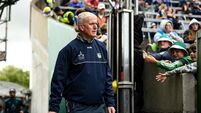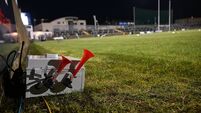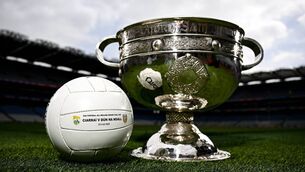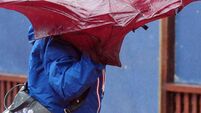Silver screen and TV feel the impact of hurling

What caught the eye of a lot of Irish viewers was a statuette in the office of one of his lawyers, Dean Strang.
At first glance it looked like two hurlers; at second glance it might have been lacrosse players; but a third glance seemed definitive, that it was indeed the clash of the ash.














